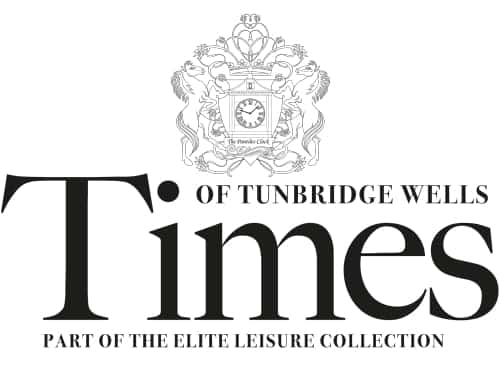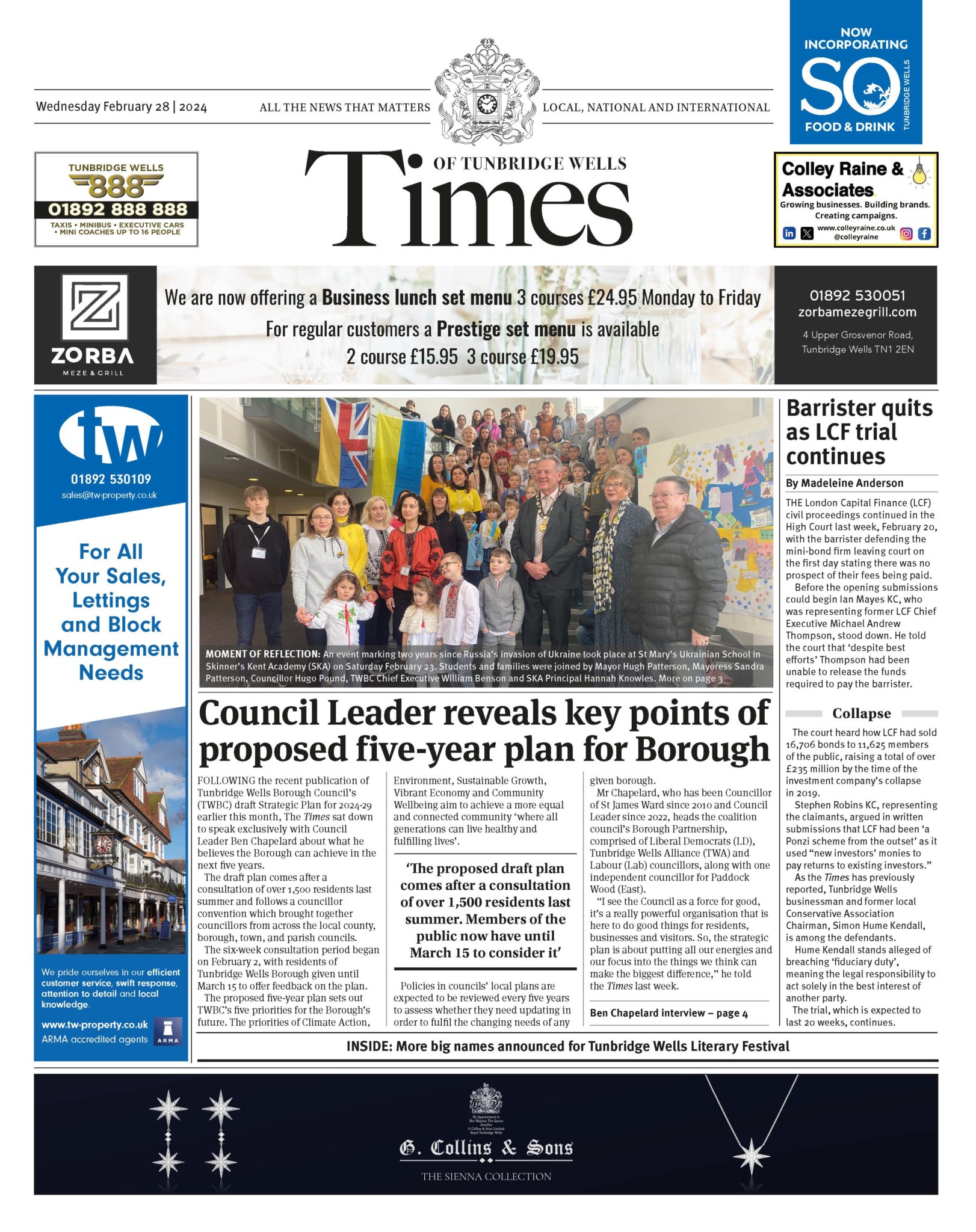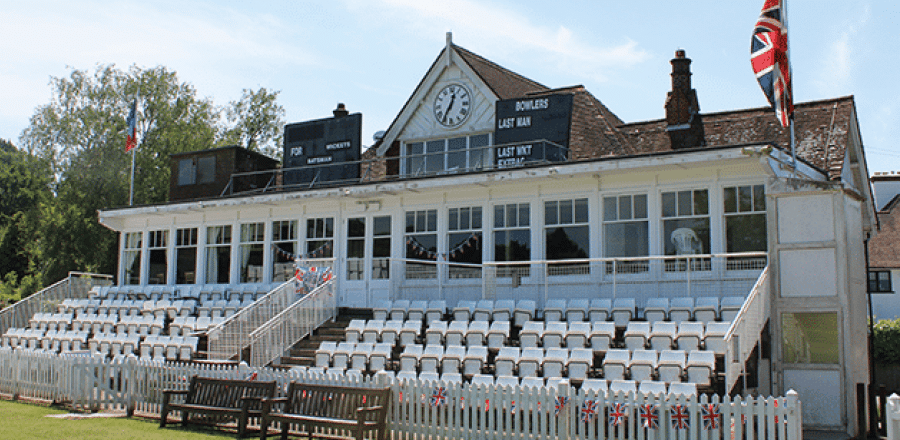THE Tonbridge Swift Group has been raising awareness of these increasingly rare migrant birds with suggestions about how to incease their dwindling numbers.
It is believed that there are around 40 breeding pairs in the town, and Edward Mayer of Swift-conservation.org gave a talk at the Angel Centre to encourage interest among local people.
Several pairs of the birds have been seen nesting in Woodfield Road and St Mary’s Road in the streets around the station, as well as Trench Wood and in the Dry Hill Park area.
Martin Garwood of the Tonbridge Swift Group said: “Every year a few pairs of these enigmatic birds return to Tonbridge to nest and raise young.
“If cuckoos are the birds of spring, then surely swifts are the birds of high summer as they charge noisily over our rooftops on warm summer evenings.”
He added: “They are incredible flying machines, weighing around 40 grams and able to attain speeds of around 70mph.”
After wintering in southern Africa, the swifts arrive here at the start of May and leave again in early August, travelling around 6,000 miles on each trip.
It is only when nesting that they touch down at all, as they spend the other nine months of the year on the wing eating, sleeping and breeding.
Young birds are not ready to breed until their second or third season and will not land at all during that time.
Swifts are loyal to their traditional nest sites, which is becoming a problem because modern houses are well sealed, and in the renovation of older homes holes and gaps are often sealed up.
Once they lose a nest site, the birds find it very difficult to find and adopt a new one, which can mean they do not breed again.
Swift numbers are plummeting across the UK, and it is thought that around half of the population has disappeared since the early 1990s.
As well as the loss of nest sites, climate change and a dramatic decline in insect numbers is understood to be the cause of this.
However, swifts do adopt specially designed nest boxes and their installation has showed that breeding numbers can be maintained.
Martin added: “There is also growing awareness of the benefits of installing sparrow and swift bricks on new building developments.
“Local councils are being encouraged actively to look for and take advantage of such opportunities to enhance local biodiversity.
“Provision is included in the Tonbridge & Malling Draft Local Plan now under consideration, and in some places developers are already including nest boxes in new builds.”
To pass on sightings of the birds, or to get advice on installing nest boxes, email: tonswifts@btinternet.com or visit @tonswifts on Facebook







